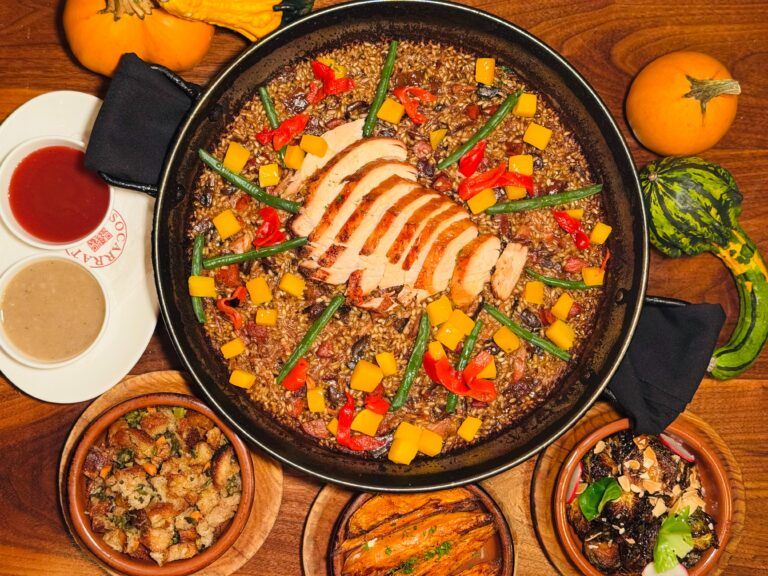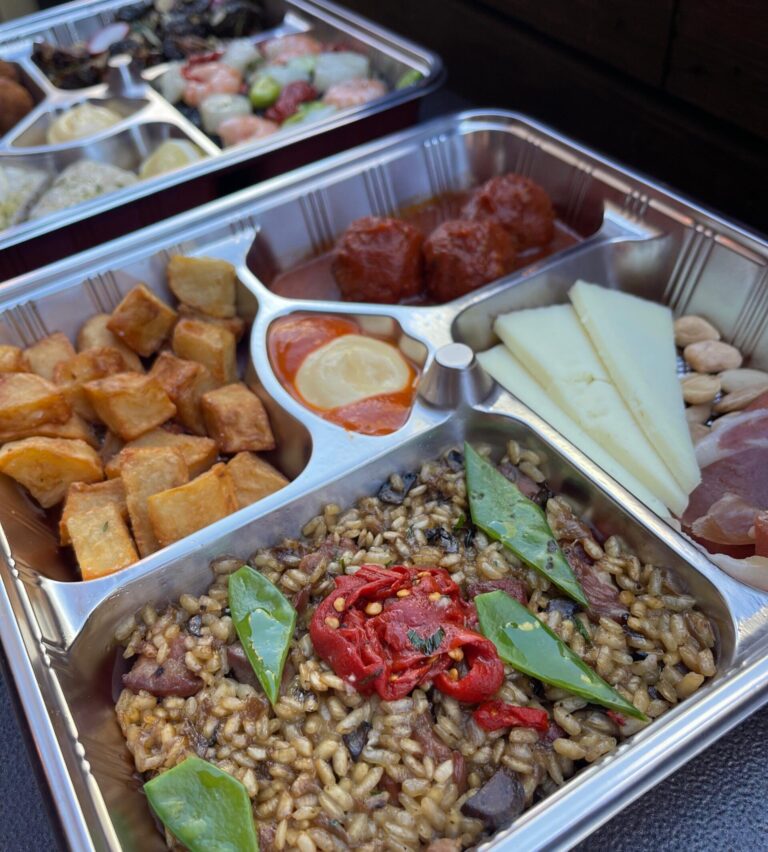Spain is one of the many European countries that gained its expertise in sausage manufacturing from the Romans. Then, over time, it evolved into the Chorizo we know today. Spain boasts thousands of varieties. Such as “Ristra,” which is soft Chorizo that is highly spiced, while “sarta” is cured and has a deep reddish color.
Chorizo comes in fresh or dry-cured varieties, some of which differ from a standard recipe that combines lean pork with lean fat. Examples include Blanco Chorizo made with black pepper, sweet Chorizo made with sweet or bittersweet paprika, and spicy Chorizo made with spicy paprika. In Andalusia, the locals enjoy Iberian Chorizo, so named because it comes from black pigs that roam freely throughout the region’s mountains.
What Makes Chorizo Different From Regular Sausage?
Chorizo sausage combines coarsely chopped pork, pork fat, and spiced pimento – a smoky Spanish red spice made from paprika that gives the sausage its unique flavor. Aside from garlic, you can also flavor Chorizo with herbs such as oregano or thyme.
In contrast, a sausage is raw meat spiced with fennel or anise and has a less spicy taste. Sausage meat can be from pork or turkey and is mainly served for breakfast. Besides being delicious, both types of meat mix well with various other flavors to create a broad palette. Spices present in Chorizo make it more suitable for those who prefer Latin foods, while sausages are ideal for those looking for a milder meal.
How is Spanish Chorizo different from Mexican Chorizo or Portuguese Chorizo?
Each country produces its own variety of Chorizos. There are about ten or more varieties of cured meat to compare. Each has its own spice mix, meat mix, and aging time, not to mention the preparation method.
But in a nutshell;
Spanish chorizos are more intricate and more mature. However, not all of them. They can come in mild smoked or spicy smoked flavors (specifically Sweet Paprika or Pimenton Picante). Wine may also form part of the spice mix. Because of the long aging process, they are firmer and drier and ready to eat as is.
A key ingredient in Spanish Chorizo is Pimento, smoked Spanish paprika that provides the flavor and rich hue. Chorizo is softer when uncooked and releases a delicious red oil when cooked. When cooking with Chorizo, there is no need to add additional oil to the pan since the Chorizo provides its own.
In contrast, Mexican Chorizo is fresh, uncooked ground sausage. In most cases, pork is the key ingredient, but beef makes an excellent substitute. Mexican Chorizo is typically spicier than Spanish Chorizo because they highly seasoned it with vinegar and chile peppers.
In Portuguese, chorizos mainly use paprika as a seasoning. It can be spicy or sweet, smoked or unsmoked. For the best experience, look for Picante and Dulce on the label, respectively. This cured sausage is ready to eat straight out of the package, or you can sauté it and add it to your favorite skillet dish. You can think of it as salami with a Spanish flair.
What is the best way to enjoy Spanish Chorizo?
Spanish Chorizo is a tasty and versatile product that you can eat raw or cooked in several ways:
- As an appetizer with bread, cheese, and wine, on its own or as part of tapas.
- As part of pasta dishes
- As a topping on pizza
- Prepared with vegetables
- A sandwich filling
- A barbecued meal
The combination of bread, rolls, and superb wine is perfect. It enhances the flavor of meals, particularly spicy Spanish Chorizo. Chorizo and beer or wine, what better combination?
When you combine scrambled eggs, potatoes, and Chorizo into a dish, it becomes delicious. You can also use it in the famous chickpea stew or in any rice – especially paella!



